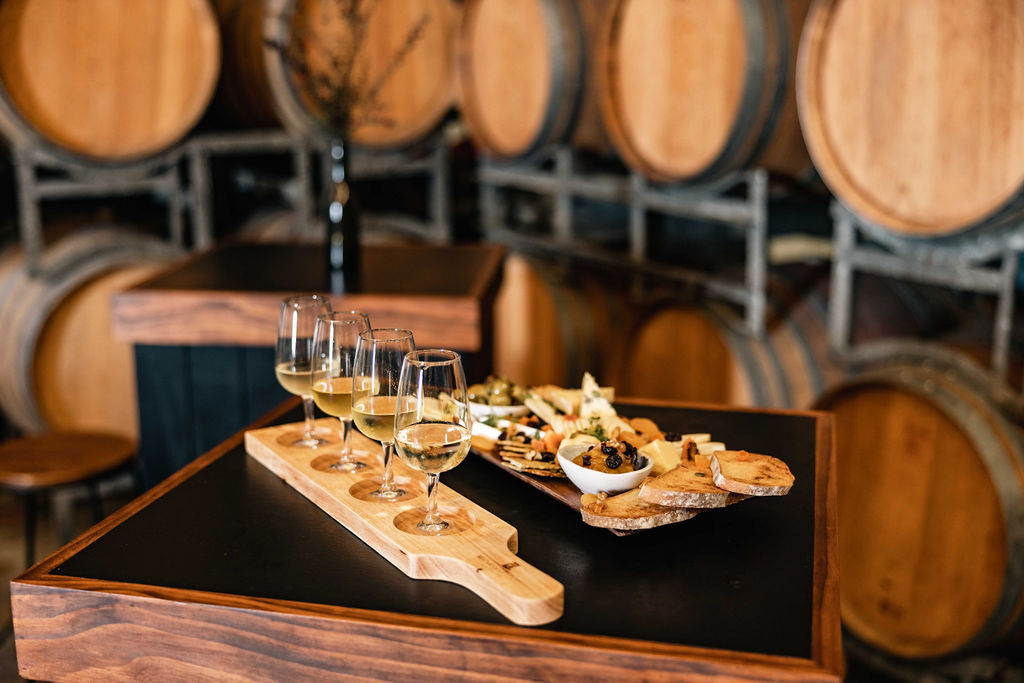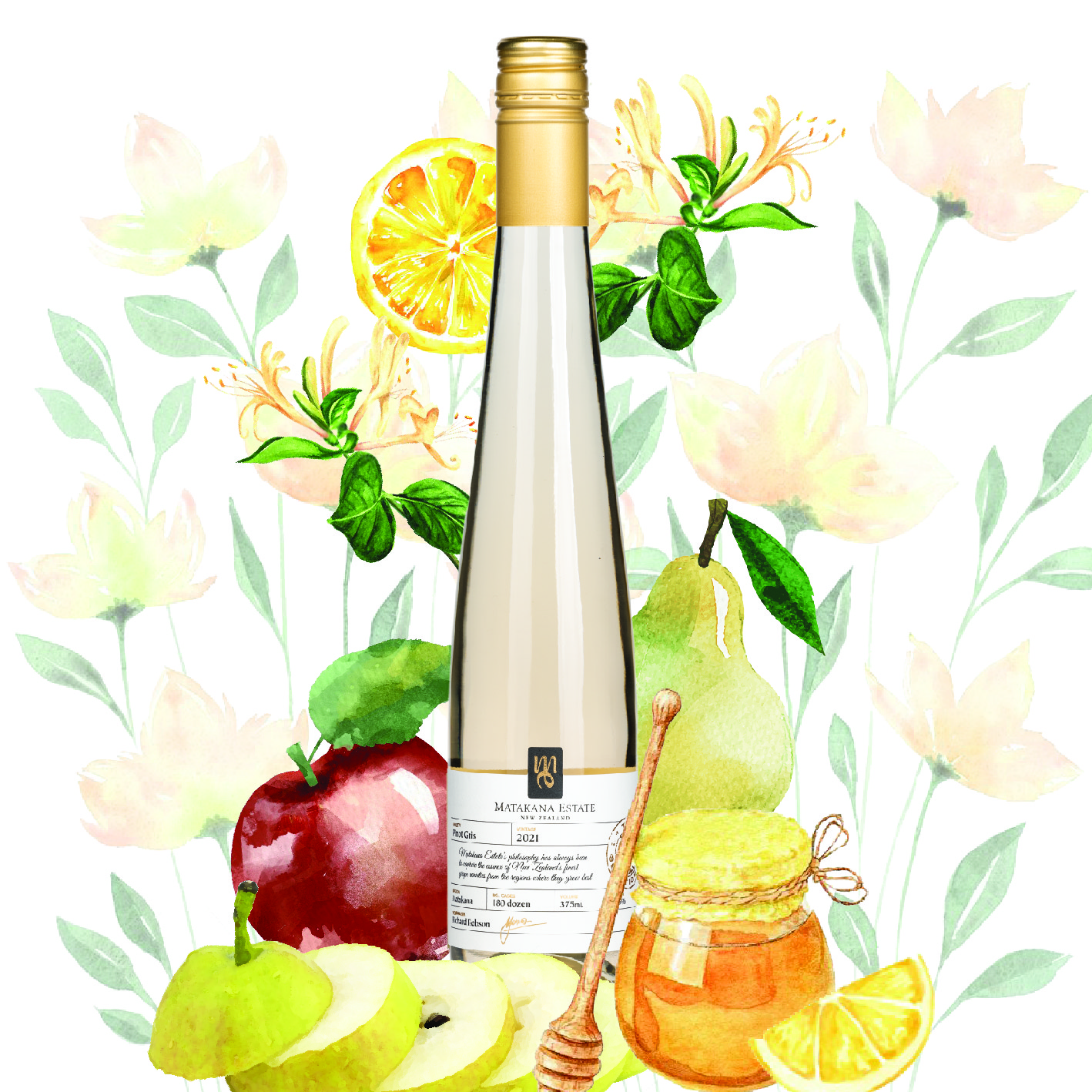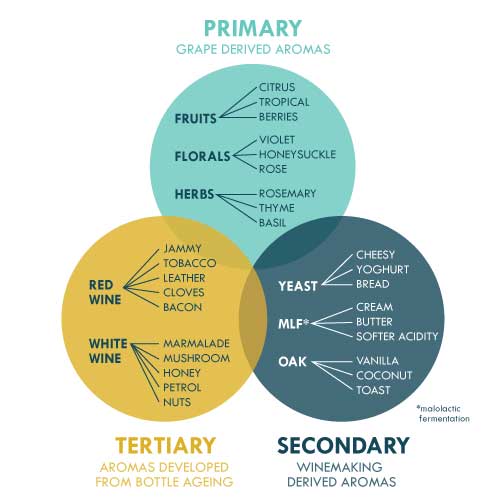
Where do wine flavours come from?
Have you ever taken a sip of wine and tasted flavours of vanilla, strawberries, or chocolate?
Do you ever wonder, if wine is made from grapes, then where do these wine flavours come from?
This is a question that is often asked by our customers when wine tasting. Winemakers do not add vanilla extract, actual strawberries or chocolate in their wines. These flavours develop as part of the winemaking process. Let’s break down the mystery of how wines can have so many different flavours.

Where do the aromas and flavours come from?
Through the fermentation process, a chemical reaction will convert aroma precursors into compounds that we can sense with smell and taste. These aroma precursors are found in grape skins, stalks, yeast and even in oak staves which wine barrels are made from.
What are the different flavours?
When wine tasting, wine flavours can be broadly categorised into three different flavours; primary, secondary and tertiary flavours.
Primary flavours
These are grape-derived aromas and can include a vast array of different flavours including berries, fruits (tropical, stone, tree, citrus, etc.), florals and herb characters. These aroma compounds are usually found in the grape skin or seed. Primary flavours are more intense in younger wines and can be described as fresh and vibrant. Sauvignon Blanc can generally be described with tropical and citrus fruits because these are the flavours that are the most intense.
Secondary Flavours
These flavours come from the winemaking process like fermentation, lees stirring and oak ageing. Examples would include brioche, and baked bread notes that come from a process called yeast autolysis. From malolactic fermentation, you will detect dairy notes like butter and cream. Most noticeably would be oak ageing and the array of baking spices, vanilla, coconut, and toasty characters that add to a wine’s flavour profile. An oaked Chardonnay is a classic wine that displays notes of toast, vanilla, and buttery popcorn.
Tertiary Flavours
When you age a bottle of wine, it is exposed to a small amount of oxygen over time. This changes the flavour profile of the wine. Although the primary flavours become less prominent and tertiary flavours develop over time. These characters can include; nuttiness, tobacco, coffee, earth, gamey meats, leather, and complex spices. Some of the primary fruit flavours may develop into cooked or riper versions, like stewed plums, jammy berries and candied orange peel. A great example of bottle ageing would be how Riesling can develop subtle petrol-like characters over time. However, it is important to note that not all wines are suited to bottle ageing.

Why are there so many flavours?
Winemaking is a complex process. It involves many steps that will each impart different flavours, or characters in the final wine. Each of these steps can contribute to the overall flavour profile, from the climate to grape-growing and winemaking. The possibilities are endless.
Just take a look at wine barrels. The use of barrels can be considered as a winemaker’s “spice rack” different types of oak barrels will be able to impart specific flavours. For example, French oak imparts vanilla notes as opposed to American oak which can give flavours more like toasted coconut.
Some grape varietals have higher concentrations of specific aroma compounds that give them their characteristic taste and smell. Take Syrah, the grape contains a chemical called rotundone which is the same flavour compound that you find in peppercorns. Hence why Syrah can often have peppery notes.
As you can see, there is a lot to learn about wine and where wine flavours come from. The best way to learn is to taste more wine and ask questions. Our staff are always happy to share their knowledge. Book a wine tasting with us today or try out our wine blending experience and be a winemaker for the day.

I would like to book small group to do wine tasting and some platters for my birthday on 14 April at 11h00 or 12h00.
It will be 13 adults 8 kids.
0272443507